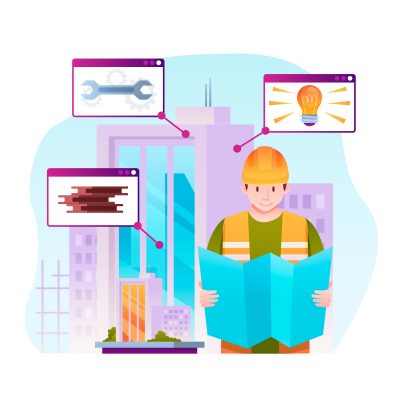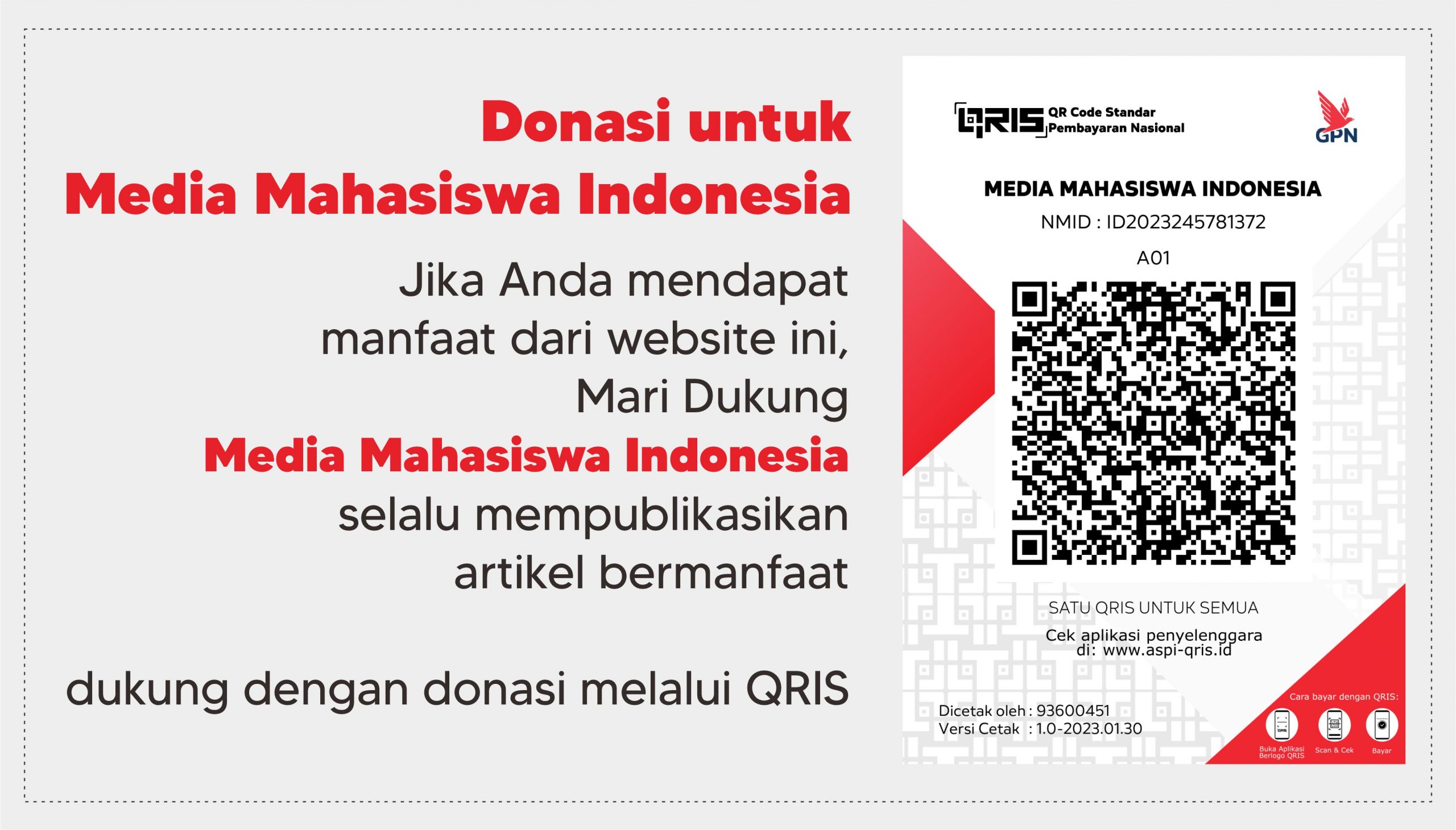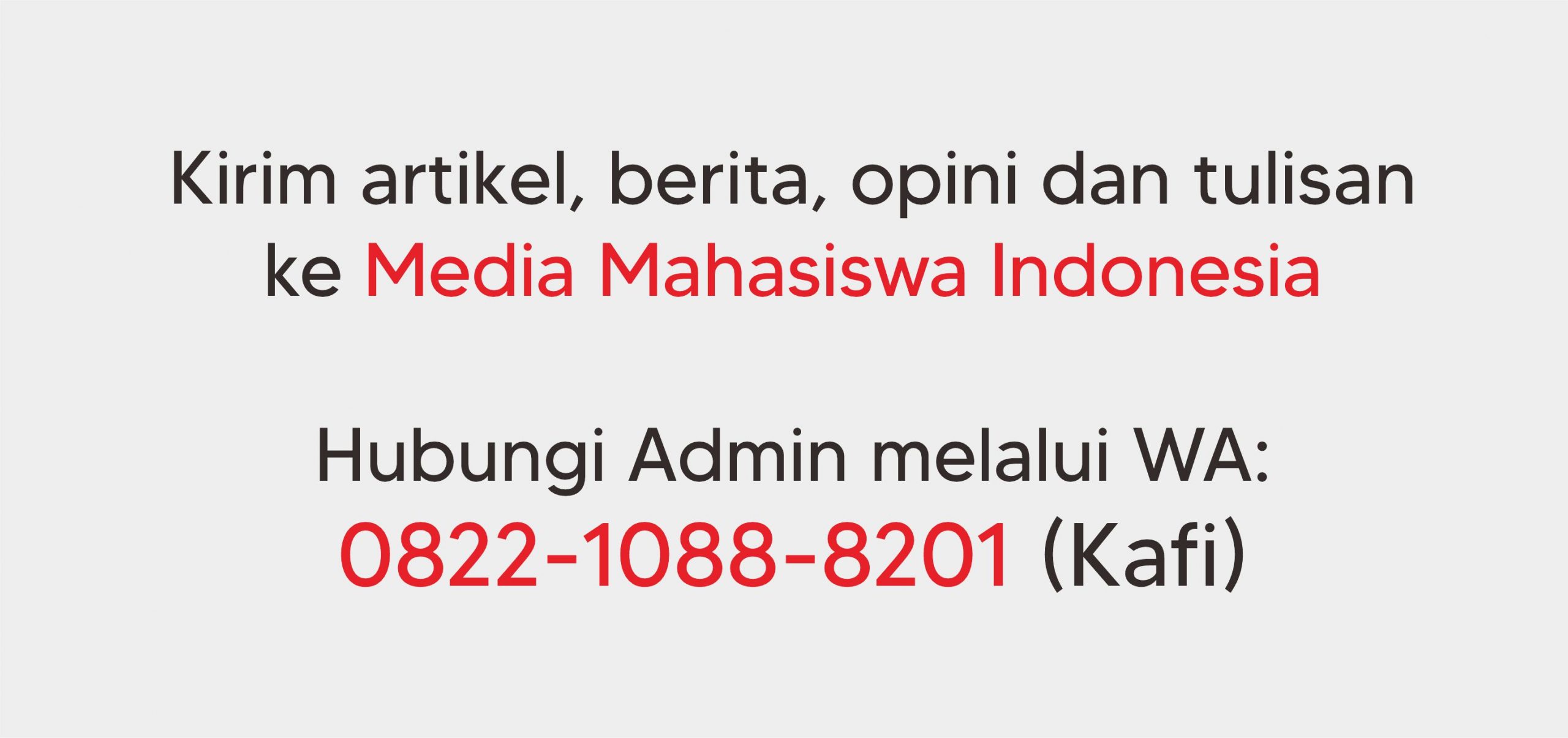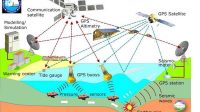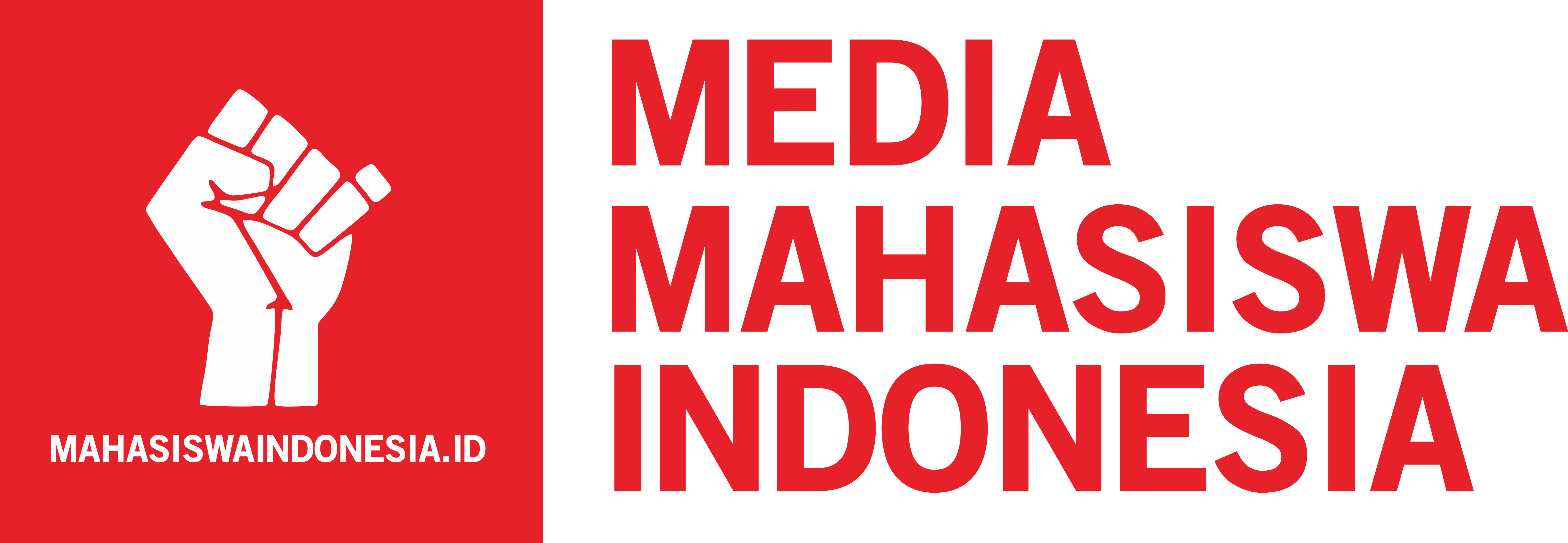Abstract
This report explores the benefits and potential of applying a participatory design approach to enhance civil engineering software.
By involving end users, stakeholders, and software developers in a collaborative design process, the aim is to create software solutions that better align with the needs and preferences of civil engineers.
This report highlights key strategies and methodologies for implementing participatory design in civil engineering software development, emphasizing user-centered design, iterative prototyping, usability testing, and continuous feedback mechanisms.
The outcomes of this approach include enhanced usability, increased user satisfaction, improved productivity, and better project outcomes.
Keywords: Civil Engineering, Participatory Design, Software Development
Introduction
Civil engineering software plays a crucial role in modern engineering practices, aiding professionals in various tasks such as design, analysis, modelling, and project management.
However, to truly meet the complex and evolving needs of civil engineers, it is imperative to embrace a participatory design approach that actively involves end users and stakeholders throughout the software development process.
In modern civil engineering, software is usually heavily relied upon in many parts of the field. Reflecting the many functions that software serves in civil engineering, there are various types of software used in the field.
CAD or computer-aided design software allows civil engineers to create and modify 2D and 3D models of structures, infrastructure, and other components for drafting, documenting, and visualizing designs.
BIM or Building Information Modelling software lets engineers create intelligent 3D models that incorporate not only geometric data but also additional information such as material properties, cost estimates, and construction schedules.
Structural analysis software are used for analyzing and designing structures like buildings, bridges, and dams. They assist in calculating forces, stresses, and deflections, ensuring structural integrity.
Other software types used in civil engineering include geotechnical analysis software which can analyze soil and rock behaviors, surveying software to create accurate terrain models and contour maps, and construction management software that can help in project planning, scheduling, and resource management (Graham 2023).
Participatory Design Approach
Participatory Design (PD) approach, sometimes referred to as co-design or the participatory design process, is the idea of incorporating end users, stakeholders, and design experts in the design and development of goods, services, or systems (Velden & Mörtberg, 2014).
It strives to make sure that the needs, viewpoints, and experiences of the end-users are taken into account during the design process, leading to more user-centric and efficient solutions.
The PD approach aims to involve all stakeholders, including the end-users, in the design process, considering every member as equal partners. It also seeks to create an iterative design process in which continuous testing is done to create the best possible final result.
These values carried by the PD approach bring several benefits. First, it can increase the usability and user satisfaction of the product or service, as it reflects the needs and preferences of the end-users.
Second, it can foster a sense of ownership and empowerment among the end-users, as they feel valued and respected as co-designers. Third, it can enhance the creativity and innovation of the design team, as they can gain new insights and perspectives from the end-users.
Participatory design is thus advantageous for both the designers and the end-users. Engaging civil engineers and other professionals who will use the software is crucial for understanding their workflows, challenges, and requirements.
By involving them from the early stages, software developers can gather valuable insights that inform the design process.
This user-centered approach ensures that the software interface, functionalities, and overall user experience are optimized for efficiency and effectiveness. It also has potential to reduce the risk of errors and failures in the software, as it allows for early detection and correction of problems and issues.
Lastly, it can build innovation and creativity in the software, as it encourages collaboration and communication among different perspectives and disciplines among the designers.
This is further reinforced as according to study by Kautz, 2011, incorporating user feedback in the software development process enabled users to carry out their work in a more effective manner.
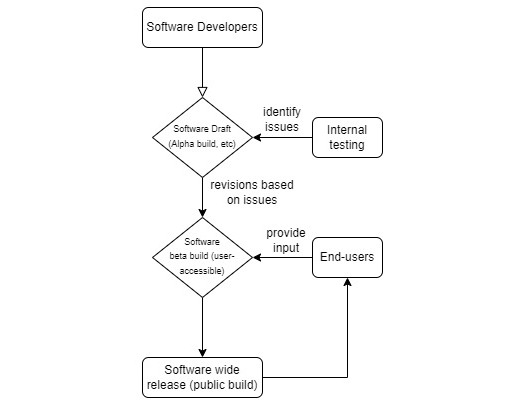
Methodology of Implementation
There are many ways to implement the PD approach in the development of civil engineering software. Developers can use these methods to gather feedback from several stakeholders, especially the end-users (Hamdan & Sumartinah, 2020).
These methods include collaborative workshops, iterative prototyping, usability testing, implementation of continuous feedback, training and support, as well as open data and integration. Each of these methods bring their own advantages.
Collaborative Workshops
Conducting workshops and focus groups brings together software developers, designers, and end users in a collaborative environment.
Through facilitated discussions, participants can share their experiences, challenges, and aspirations related to civil engineering software. These workshops foster mutual understanding, identify common pain points, and generate ideas for improving the software’s features and capabilities.
Iterative Prototyping
Developing iterative prototypes allows for early feedback from end users and stakeholders. By creating tangible representations of the software, designers can better communicate their ideas, receive input, and make improvements.
This iterative process ensures that the software evolves based on user feedback, resulting in a more refined and usable product.
Usability Testing
Usability testing involves observing end users as they interact with the software and gathering their feedback on its usability, intuitiveness, and effectiveness.
By identifying areas of difficulty or confusion, developers can iteratively refine the software’s design, addressing specific pain points and ensuring a seamless user experience. Usability testing also validates design decisions and uncovers potential issues before the software is deployed.
Continuous Feedback Mechanisms
Establishing channels for continuous feedback and communication with end users is vital for ongoing software improvement. User forums, suggestion boxes, or user surveys can provide valuable insights and suggestions for enhancements.
Regularly incorporating user feedback throughout the development cycle ensures that the software remains aligned with the evolving needs of civil engineers.
Training and Support
Considering the training and support needs of end users is crucial for the successful adoption of civil engineering software. Involving users in the creation of training materials, user guides, and tutorials helps tailor these resources to their specific requirements.
User feedback on the clarity and comprehensiveness of training materials can further refine them, empowering users to leverage the software’s full potential.
Open Data and Integration
Promoting interoperability and data sharing is essential in civil engineering software. Designing software to integrate with other commonly used tools in the field enhances collaboration and data exchange.
By incorporating open data standards and formats, software developers enable seamless integration and maximize the value of shared information, streamlining project workflows.
Conclusion
The participatory design approach offers significant opportunities for improving civil engineering software.
By actively involving end users and stakeholders throughout the design process, software developers can create solutions that are intuitive, efficient, and tailored to the specific needs of civil engineers.
The resulting software will not only enhance usability and user satisfaction but also lead to improved productivity, better project outcomes, and a stronger collaboration between software developers and end users.
Many methods of gathering user data and feedback have been continuously studied and curated for optimal results in the design process. Embracing participatory design principles is important for advancing the field of civil engineering software and meeting the ever-evolving demands of the industry.
Authors:
- Alvin Pires
- Vinayak Munesh Panjabi
Student College of International Civil Engineering Program, Yogyakarta Atma Jaya University
Editor: Salwa Alifah Yusrina
Bahasa: Rahmat Al Kafi
Graham, C. (2023). 10 Software Programs To Know In Civil Engineering. WGI – WGI Is a National Design and Professional Services Firm Leading in Technology-based Solutions for the Public Infrastructure and Real Estate Development. https://wginc.com/10-software-programs-to-know-in-civil-engineering/
Hamdan, A. D., & Sumartinah, H. R. (2020). Aplikasi Participatory Design pada Rancangan Permukiman Sepanjang Rel Stasiun Sidotopo. JURNAL SAINS DAN SENI ITS, X, Y.
Kautz, K. (2011). Investigating the design process: participatory design in agile software development. Information Technology & People, 24(3), 217–235. https://doi.org/10.1108/09593841111158356.
Van Der Velden, M., & Mörtberg, C. (2014). Participatory Design and Design for Values. In Springer eBooks (pp. 1–22). https://doi.org/10.1007/978-94-007-6994-6_33-1.
What is Participatory Design? (2023). The Interaction Design Foundation. https://www.interaction-design.org/literature/topics/participatory-design#:~:text=Participatory%20design%20is%20a%20collaborative,applying%20their%20knowledge%20and%20experiences.

